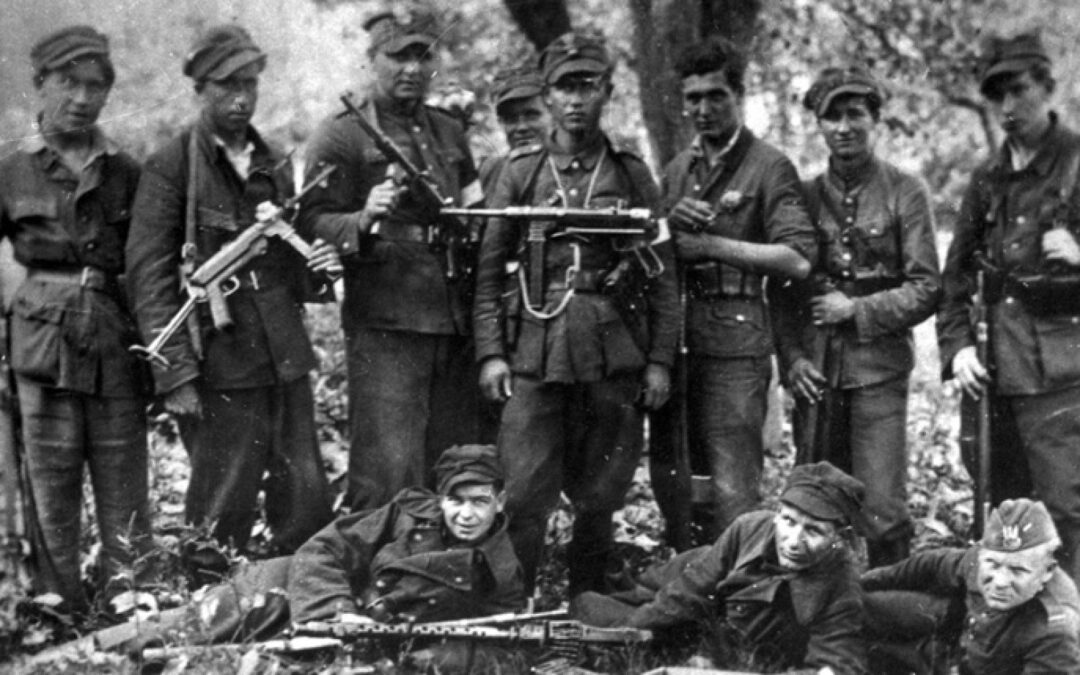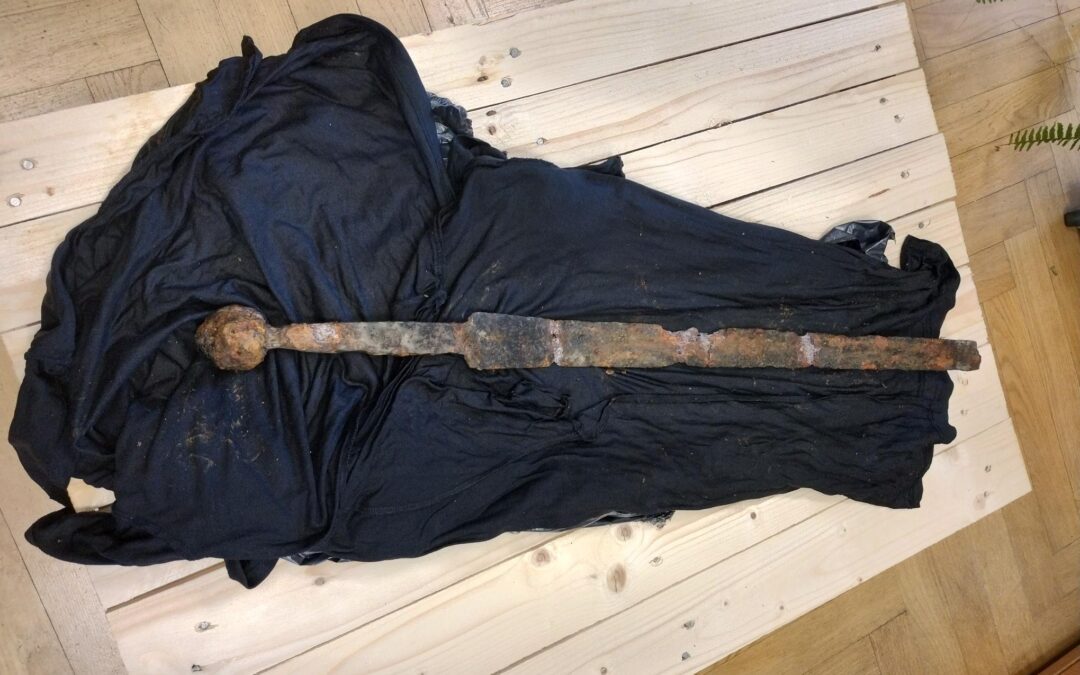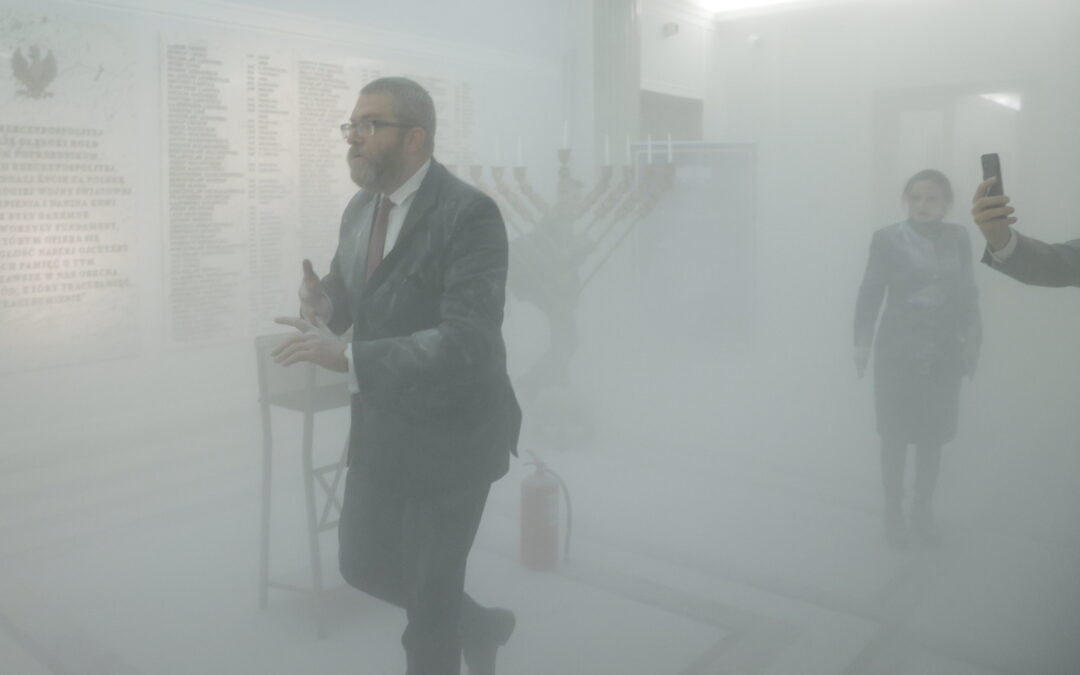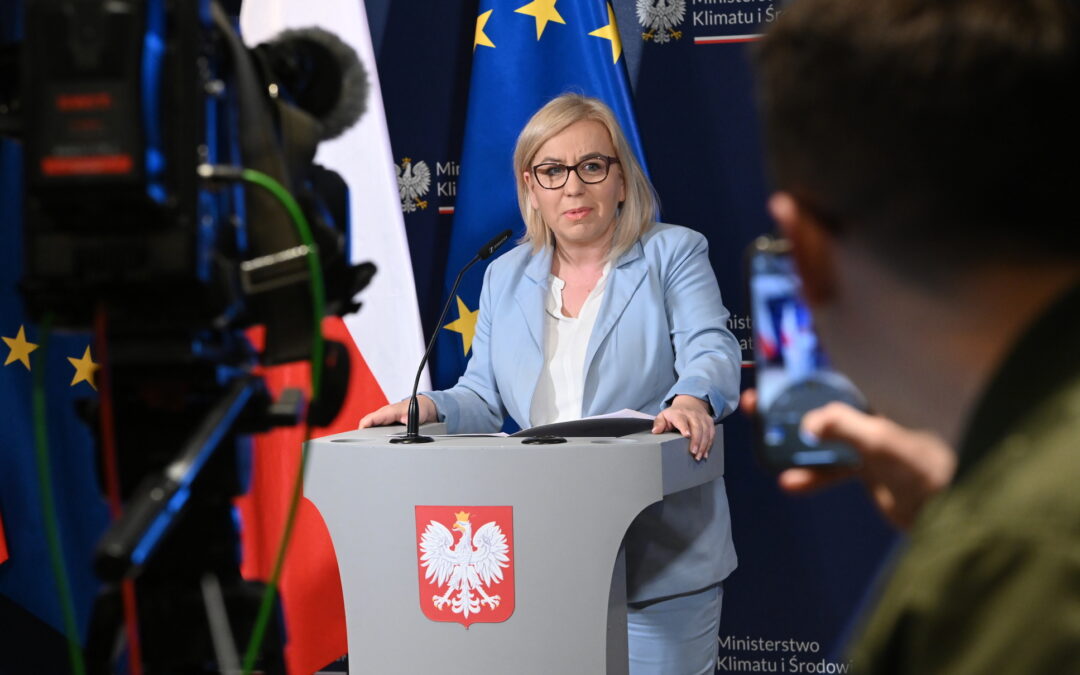Poland has marked the 80th anniversary of the formation of the Home Army, a resistance movement that emerged during the Nazi-German occupation.
The formation, which worked in unison with the London-based Polish government-in-exile, is believed by many historians to have been the largest underground force in occupied Europe, with estimates of its maximum size ranging between 200,000 and 600,000.
“We pay tribute to all those who did not hesitate, who were not afraid, who fought even though Poland had once again disappeared from the map,” said President Andrzej Duda this morning, after laying wreaths on the graves of Home Army commanders at Powązki Military Cemetery in Warsaw.
Armia Krajowa to miłość do Polski. Pamięć, wdzięczność i chwała Żołnierzom AK! pic.twitter.com/jGAuJsqrFC
— Andrzej Duda (@AndrzejDuda) February 14, 2022
The president expressed hope that Poles would “never again have to create an underground state, never again have to fight to regain their homeland”.
Speaking during a ceremony at Warsaw’s Tomb of the Unknown Soldier, defence minister Mariusz Błaszczak declared that “the Home Army is the foundation on which today’s free Poland was built”.
He noted that, though after the war Poland fell under Soviet-backed communist rule, the spirit and feats of the Home Army inspired those who continued to fight for Polish independence.
Postawa żołnierzy Armii Krajowej wzorem dla współczesnych żołnierzy Wojska Polskiego
–
Minister @mblaszczak uczestniczył dziś w centralnych obchodach 80. rocznicy powstania #ArmiaKrajowa przed Grobem Nieznanego Żołnierza #Warszawa.📄 https://t.co/MksjRkvAJE pic.twitter.com/OhtaUY3Zaz
— Ministerstwo Obrony Narodowej 🇵🇱 (@MON_GOV_PL) February 13, 2022
Unlike many other countries occupied by Germany during the war, Poland never had a collaborationist government. After the country rapidly fell to the German and Soviet invasions of 1939, a range of resistance groups emerged, while a government-in-exile was established first in France then in London.
Initially, the main resistance group was the Union of Armed Struggle (ZWZ), formed in November 1939. On 14 February 1942, it was renamed as the Home Army (AK) on the orders of Władysław Sikorski, the prime minister of the government-in-exile. Both the ZWZ and the AK progressively absorbed other, smaller underground groups.
The AK functioned as part of a broader underground state created in occupied Poland. It held allegiance, and was in theory subordinate, to the government-in-exile, though in practice it often functioned independently.
In his history of Poland, God’s Playground, Norman Davies wrote that the AK “could fairly claim to be the largest European resistance formation”.
However, given the nature of such underground activity, precise estimates of size are difficult. The Soviet Union, Yugoslavia, the Netherlands, and France also had large resistance forces.
The largest operation mounted by the AK – and indeed the largest single military effort undertaken by any European resistance movement during the war – was the Warsaw Uprising of 1944, which saw tens of thousands of fighters unsuccessfully seek to liberate the city from German occupation.
The Home Army, along with the Polish government-in-exile, also undertook efforts to raise awareness of the unfolding Holocaust and to help Jews in hiding.
Jan Karski, an AK courier, brought reports to western leaders – including directly to US President Franklin Roosevelt – about the situation of Jews in occupied Poland. He is among a number of Home Army members recognised by Israel as Righteous Among the Nations for seeking to save Jews from the Holocaust.
Another to receive that distinction was Henryk Woliński, head of the AK’s “Jewish Department”, who personally harboured more than 25 Jews in his apartment and helped establish Żegota, a Polish underground state organisation tasked with saving Jews and which cooperated with the Home Army.
Historians have noted, however, that there were also parts of the Home Army – which was a large, diffuse, and variegated organisation – that showed hostility towards Jews.
In a study based on Holocaust survivors’ testimonies, Joshua Zimmerman finds that only a minority spoke of rescue or protection by the Home Army, while most “confirm the widely held view in collective Jewish memory and Jewish historiography that the Home Army was hostile”.
Towards the end of the war, some elements of the Home Army turned from resisting Nazi Germany, which was now in retreat, to opposing the Soviet Union and the Polish communist authorities it was installing into power.
Many of those partisans – who have come to be known in Poland as “cursed soldiers” (żolnierze wyklęci) – continued their clandestine resistance to communist rule for years after the war had ended.
Main image credit: IPN

Daniel Tilles is editor-in-chief of Notes from Poland. He has written on Polish affairs for a wide range of publications, including Foreign Policy, POLITICO Europe, EUobserver and Dziennik Gazeta Prawna.




















